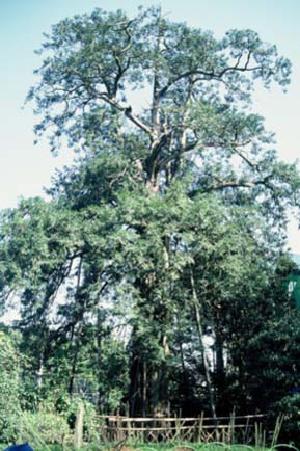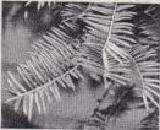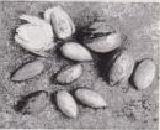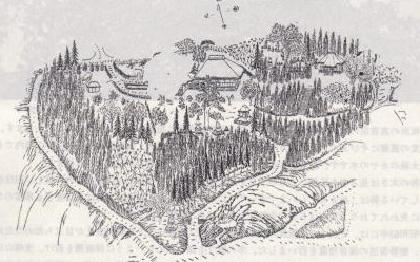Update date: June 27, 2017

Kaya of Koshoji Temple
Sakahama Shingon Buddhism of Ancient temple Koshoji Temple There is a Japanese kaya tree designated as a natural monument by the Tokyo Metropolitan Government. This Japanese kaya tree stands behind the main hall. Female plant It is about 25 meters tall and has a circumference of 6.3 meters at chest height, making it one of the largest kaya trees in Tokyo. According to a survey, it is said to be the 12th largest kaya tree in the country.
The thickness of the trunk is overwhelming to the viewer, and gives a sense of its long history. Although it has some dents, the trunk is a beautiful cylinder that stretches straight up to about 8 meters. However, the upper part has been lost due to repeated lightning strikes, and there are now only five trunks. Supporting It has large, spreading branches.
In 1988, the railroad tracks were damaged due to several lightning strikes and other damage that had occurred up until that point. Installation Due to construction etc. Tree vigor The tree was starting to show signs of weakening, so we took measures to restore its vigor. We put up a protective fence around the tree to prevent it from being trampled, and we set up supports on the trunk to protect it. Decay Treatment of dead branches and dead trees, injection of nutrients, and surrounding of trees soil Thanks to improvements, the tree is now gradually recovering.
The Kaya tree is a member of the Taxaceae family. Evergreen It has been known as a versatile tree for a long time. Shrine trees It is planted as a bonsai tree and is also used as a material for construction and sculpture. Go board or Shogi board It is also known to be in high demand as a vegetable. The fruit that blooms in autumn is also edible.
The diagram below shows Koshoji Temple and its Border This is an old drawing of the temple. You can see a large Kaya tree towering in front of the main hall, which faces west, the opposite of how it is today. The approach to the temple, the layout of the temple, and the surrounding area have all changed significantly, but the Kaya tree remains in its original form.

kaya bark

kaya leaves

kaya fruit

Illustrated Map of Koshoji Temple (from Koshoji Documents)












